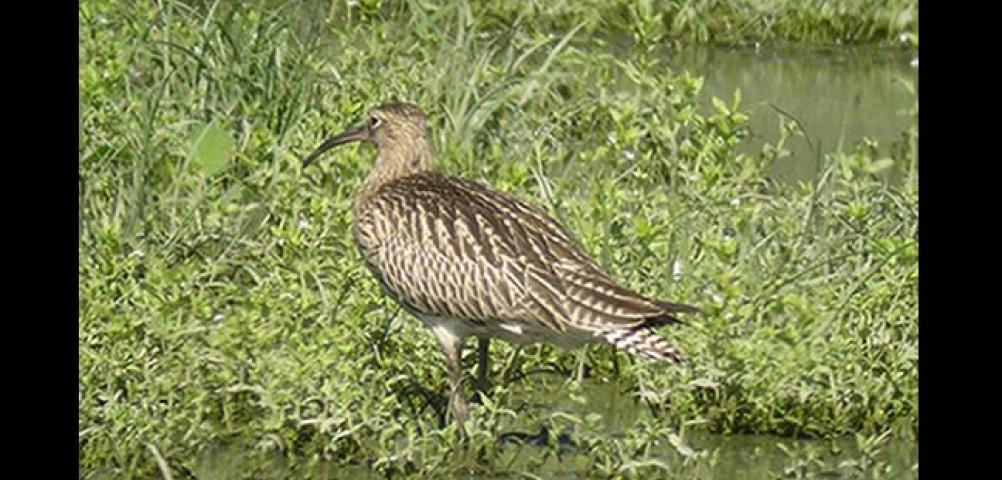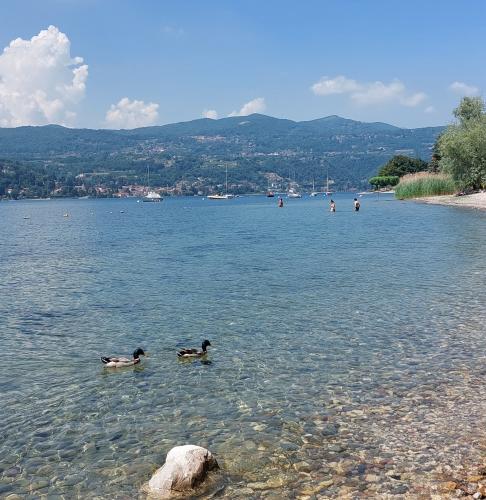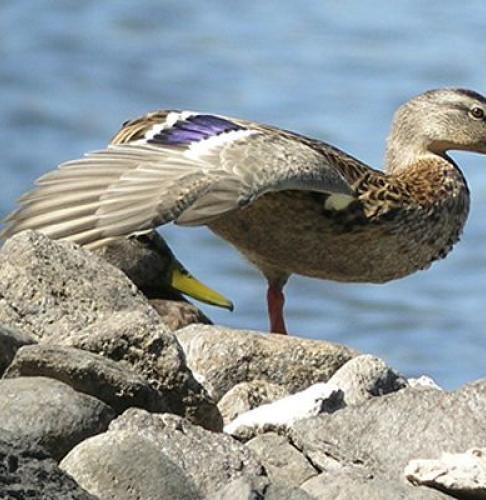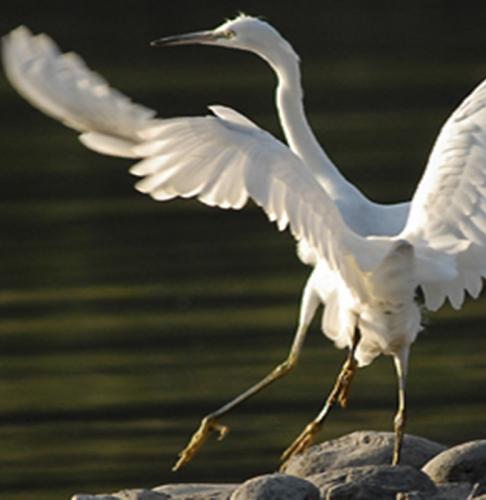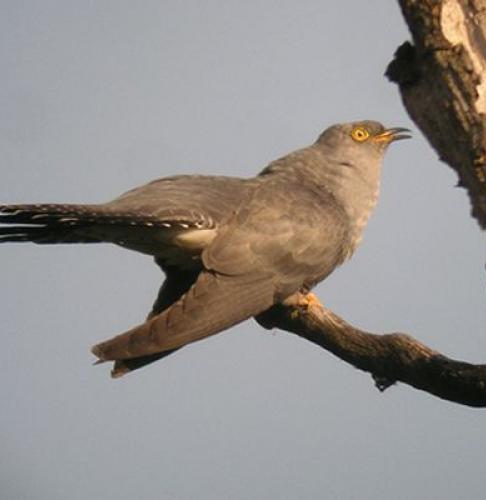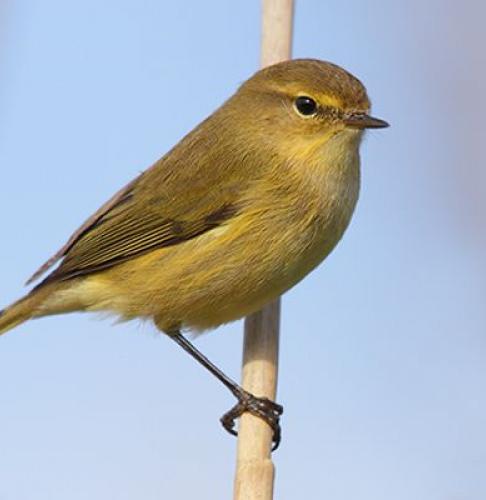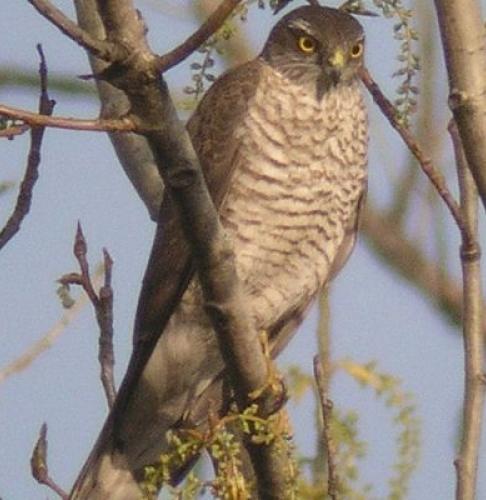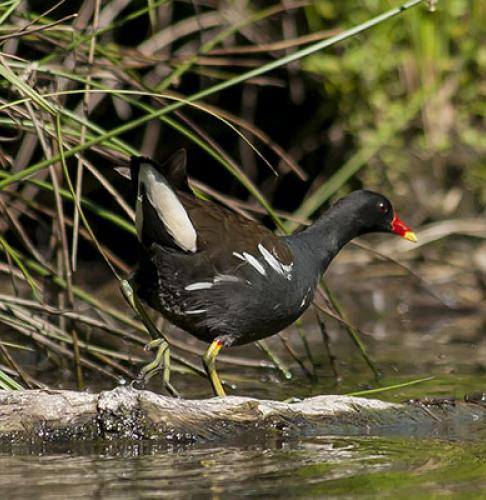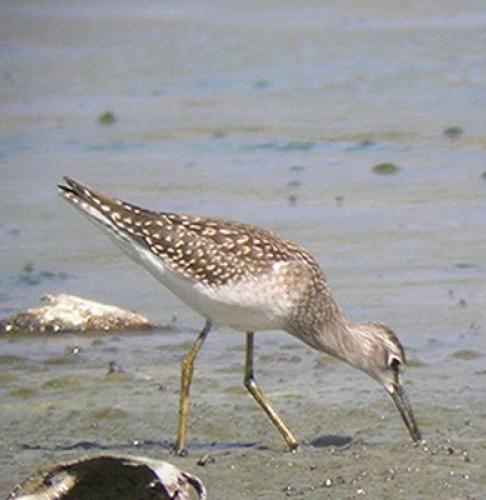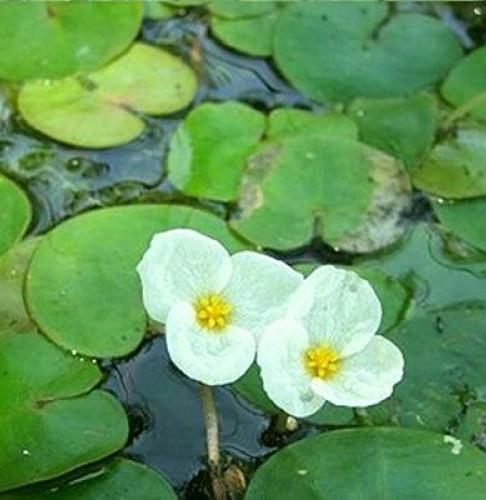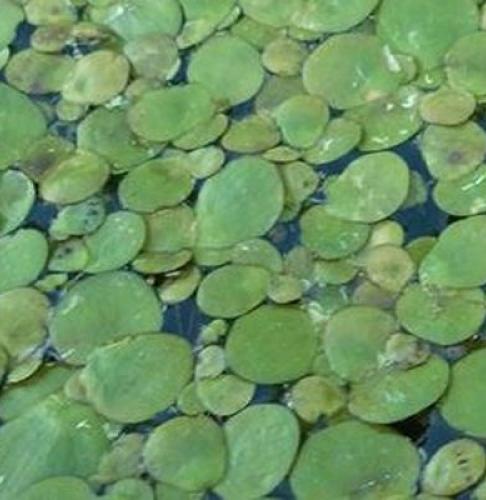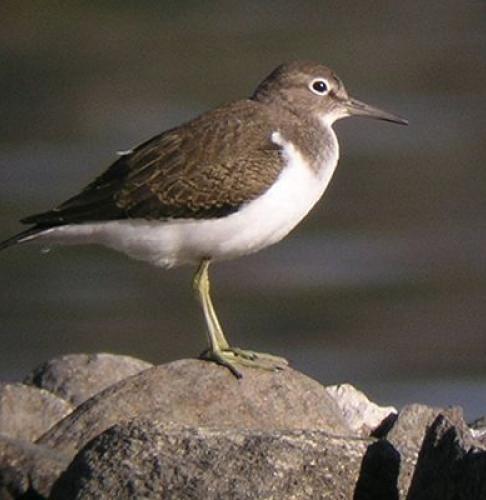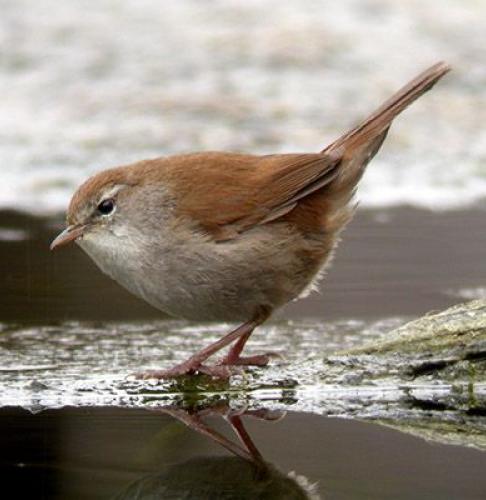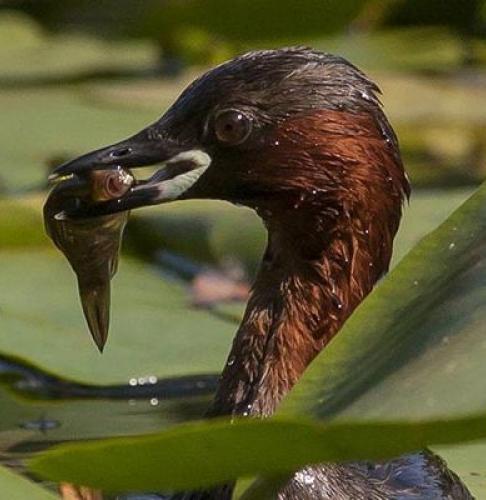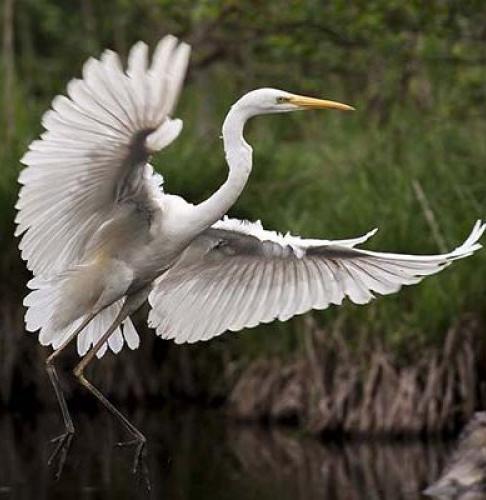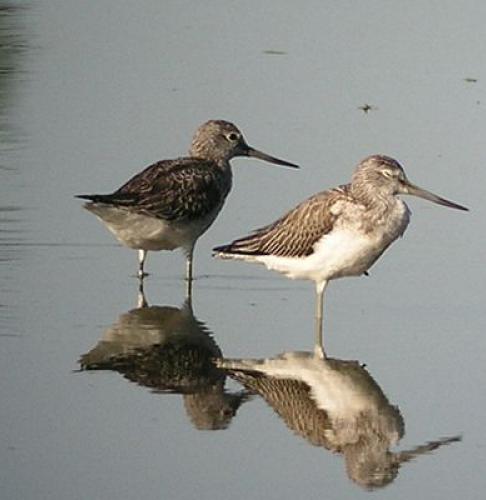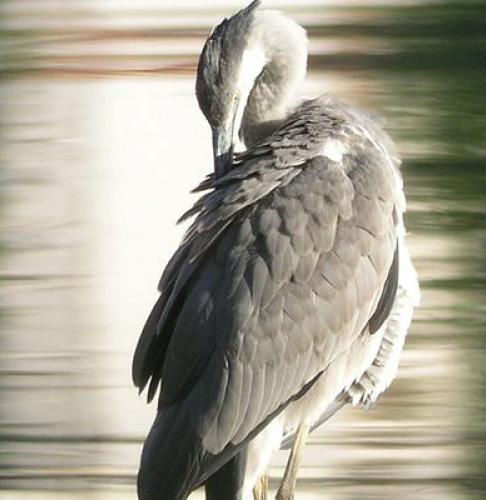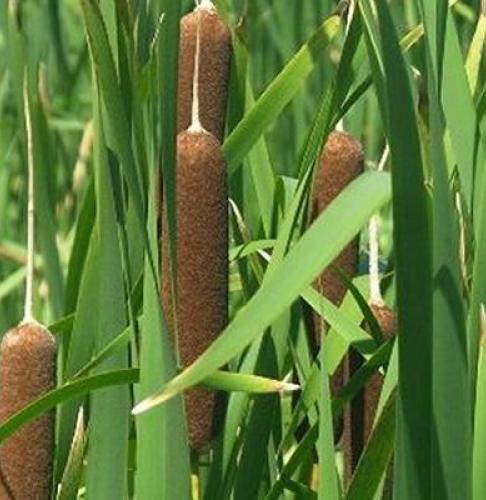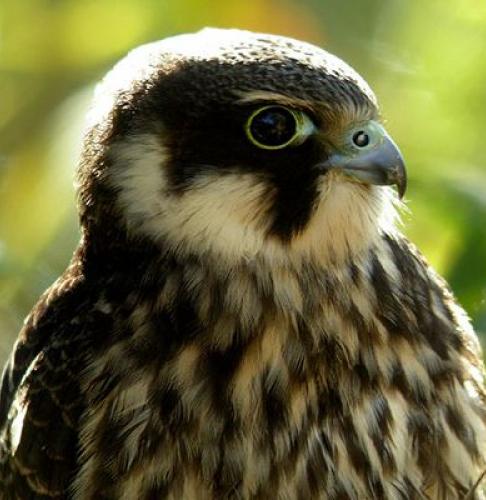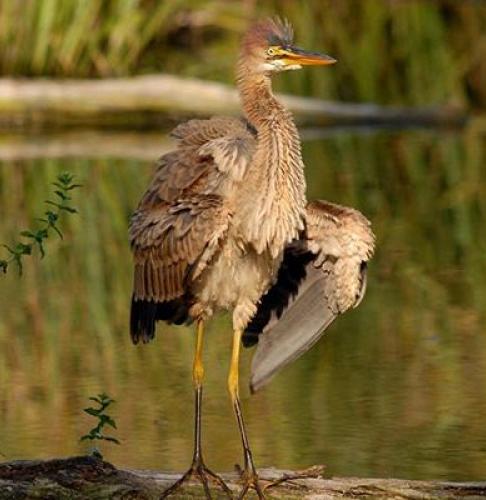Curlew
The curlews, genus Numenius, are a group of eight species of birds, characterised by long, slender, downcurved bills and mottled brown plumage. The English name is imitative of the Eurasian curlew's call, but may have been influenced by the Old French corliu, "messenger", from courir , "to run". It was first recorded in 1377 in Langland's Piers Plowman "Fissch to lyue in þe flode..Þe corlue by kynde of þe eyre". In Europe "curlew" usually refers to one species, the Eurasian curlewNumenius arquata.
They are one of the most ancient lineages of scolopacid waders, together with the godwits which look similar but have straight bills.
Curlews feed on mud or very soft ground, searching for worms and other invertebrates with their long bills. They will also take crabs and similar items.
Curlews enjoy a worldwide distribution. Most species show strong migratory habits and consequently one or more species can be encountered at different times of the year in Europe, Ireland, Britain, Iberia, Iceland, Africa, Southeast Asia, Siberia, North America, South America and Australasia.
The distribution of curlews has altered considerably in the past hundred years as a result of changing agricultural practices. Reclamation and drainage of marshy fields and moorland, and afforestation of the latter, have led to local decreases, while conversion of forest to grassland in some parts of Scandinavia has led to increases there.
The stone-curlews are not true curlews (family Scolopacidae) but members of the family Burhinidae, which is in the same order Charadriiformes, but only distantly related within that.
Scientific name: Numenius arquata
Italian name: Chiurlo
Order: Charadriformes
Family: Scolopacidae

